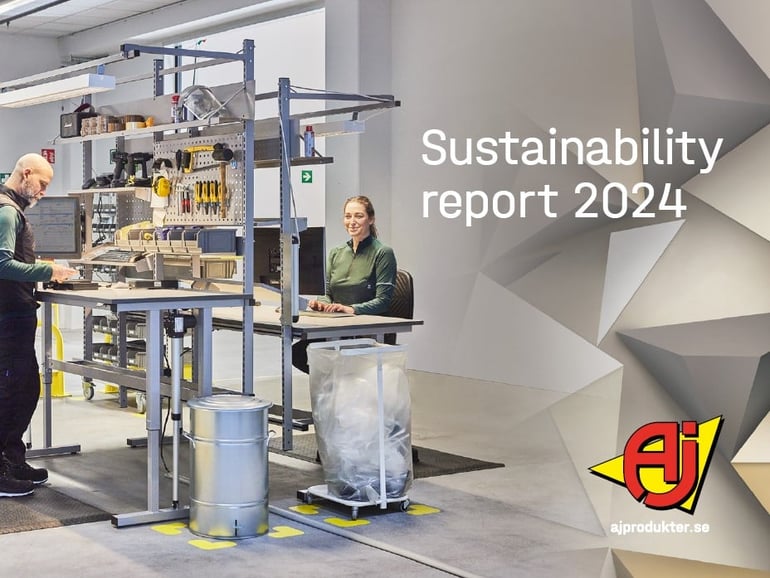- AJ Products UK
- Sustainability
- Environmental resource management
MANAGEMENT OF RESOURCES
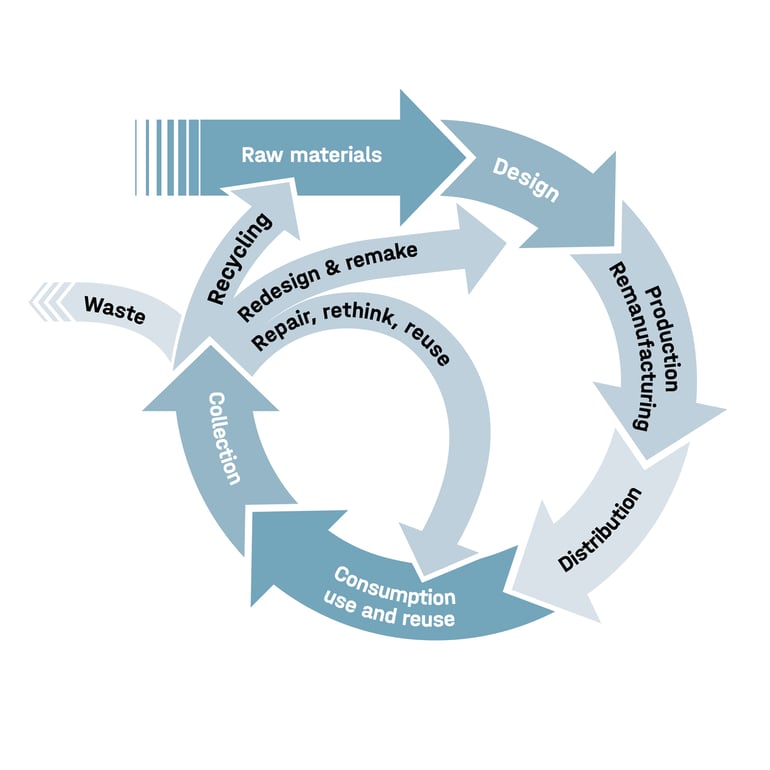
Circular Solutions
Reducing our climate impact
We measure our greenhouse gas emissions in line with the GHG Protocol, covering Scope 1 and 2 emissions as well as parts of Scope 3. Our ambition is to account for all activities within Scope 3 and continuously improve the accuracy and quality of our emissions data.
Our long-term goal is to reduce climate emissions across our entire value chain. By collecting better data, we can set meaningful net-zero targets and focus our efforts where they’ll have the greatest impact.
The biggest share of our emissions comes from the purchase of goods and services, followed by end-of-life waste management and transportation and distribution.
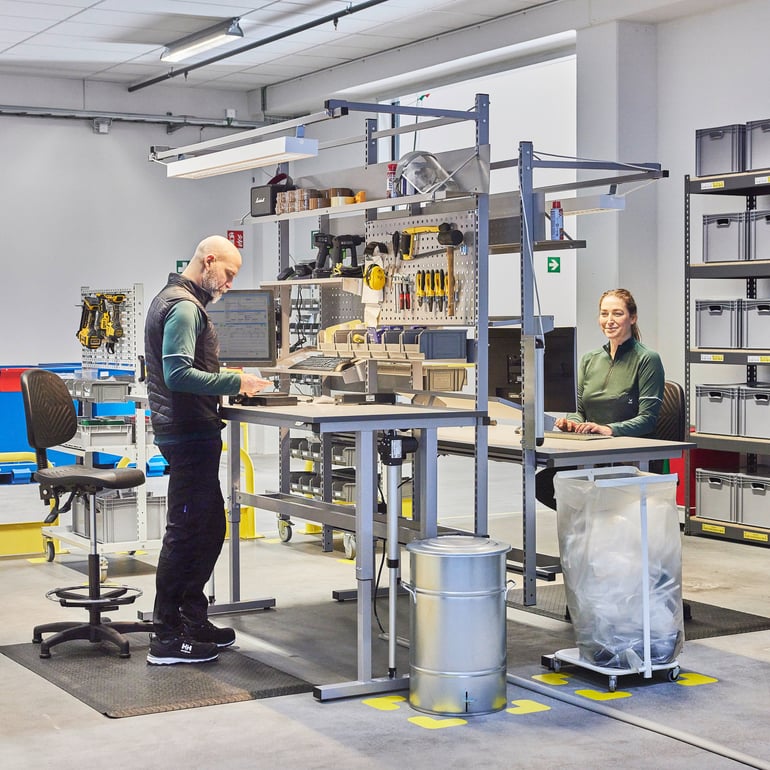
Energy Use
We're committed to reducing energy consumption and improving energy efficiency throughout our operations. Thanks to targeted initiatives, we’ve successfully cut energy use across our factories, warehouses, and subsidiaries, leading to a significant drop in CO₂ emissions.
pThis progress is driven by a combination of energy-efficient upgrades and expanding our use of solar power. Solar panels are already in place at our factory in Poland, our head office in Halmstad, and our site in Lithuania. Plans are also underway to install panels at our factories in Slovakia and Lithuania, helping us move even further towards a low-carbon future.
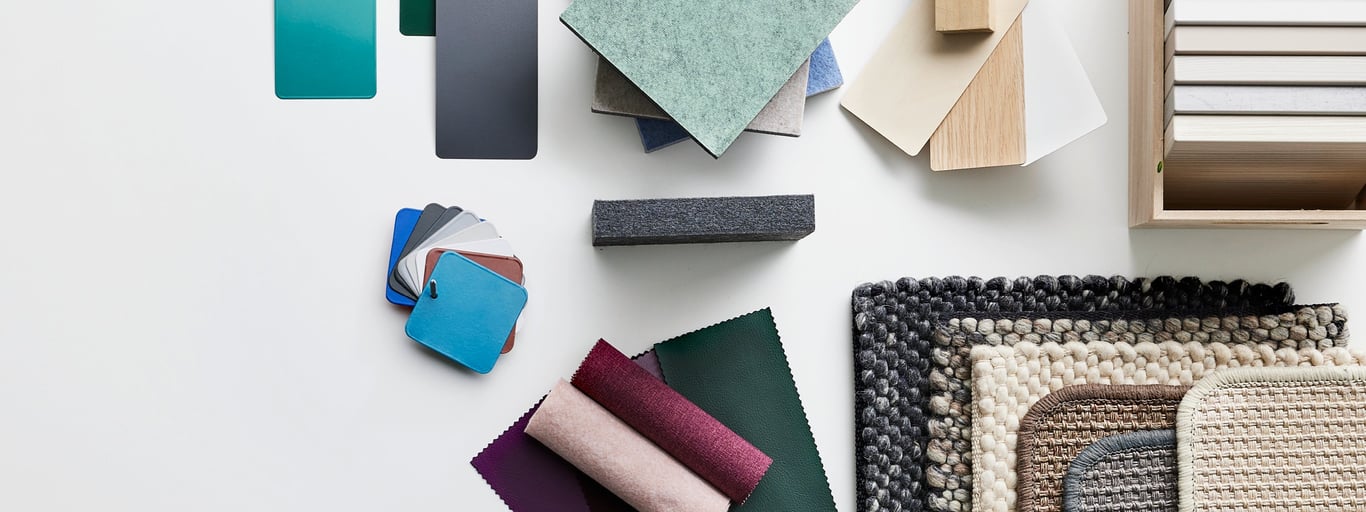
Material Use
We are committed to reducing material use, increasing the share of renewable and recycled resources and eliminating hazardous substances from our products as part of our continuous improvement efforts.
To support this, we’re expanding our Material Portal, a digital platform where we gather data and verify documentation about the materials used in our products. This helps us strengthen our work around material traceability, substitution, climate impact calculations and compliance with labelling and sustainability standards.
We’re also increasing the number of third-party verified products, such as those certified by Möbelfakta and Byggvarubedömningen. In addition, our growing number of Environmental Product Declarations (EPDs) for in-house manufactured products reflects our commitment to transparency. With new in-house software for life cycle assessments, we can now provide EPDs for a wider range of products in our assortment.
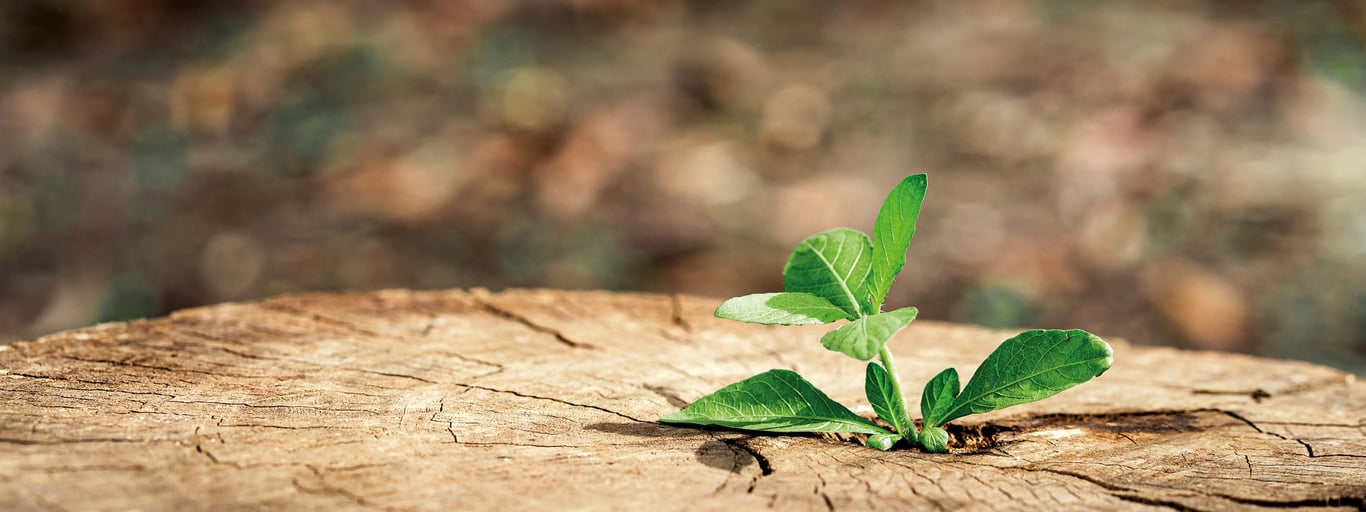
Waste Disposal
The more we sort, the less we burn — and that’s better for everyone. At AJ Products, we’re committed to managing materials and chemicals responsibly to reduce our environmental impact and protect both people and the planet.
Our focus is on cutting down total waste volumes, including hazardous waste, and making sure anything hazardous is handled and disposed of correctly. We are also working to increase the proportion of waste that is recycled, supporting a more circular approach across our operations.
Read our complete sustainability report for 2024
Every year we analyse the key sustainability areas across our entire organisation, including our offices, warehouses, factories, and subsidiaries throughout Europe.


